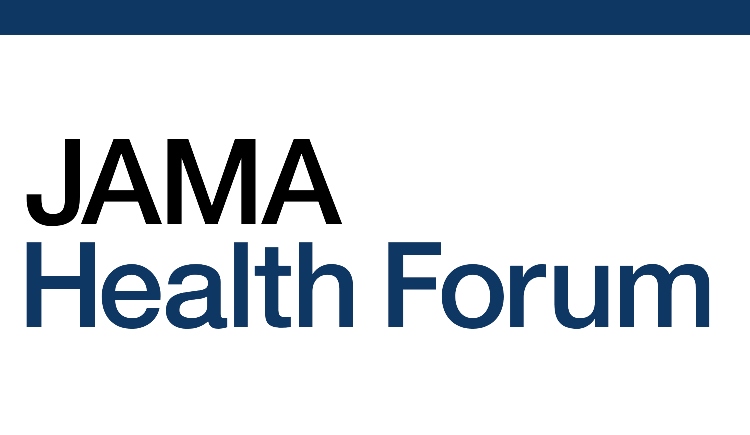Abstract
Importance Anecdotal evidence suggests that health care employers have faced increased difficulty recruiting and retaining staff in the wake of the COVID-19 pandemic. Empirical research is needed to understand the magnitude and persistence of these changes, and whether they have disproportionate implications for certain types of workers or regions of the country.
Objective To quantify the number of workers exiting from and entering into the health care workforce before and after the pandemic and to examine variations over time and across states and worker demographics.
Design, Setting, and Participants This cohort study used US Census Bureau state unemployment insurance data on job-to-job flows in the continental US to construct state-level quarterly exit and entry rates for the health care industry from January 2018 through December 2021 (Arkansas, Mississippi, and Tennessee were omitted due to missing data). An event study design was used to compute quarterly mean adjusted rates of job exit from and entry into the health care sector as defined by the North American Industry Classification System. Data were examined from January to June 2023.
Citation
Shen K, Eddelbuettel JC, Eisenberg MD. Job Flows Into and Out of Health Care Before and After the COVID-19 Pandemic. JAMA Health Forum. 2024;5(1):e234964. doi:10.1001/jamahealthforum.2023.4964




